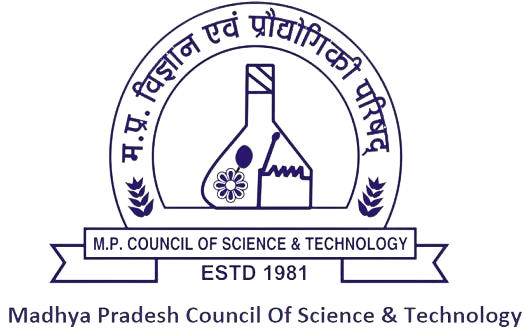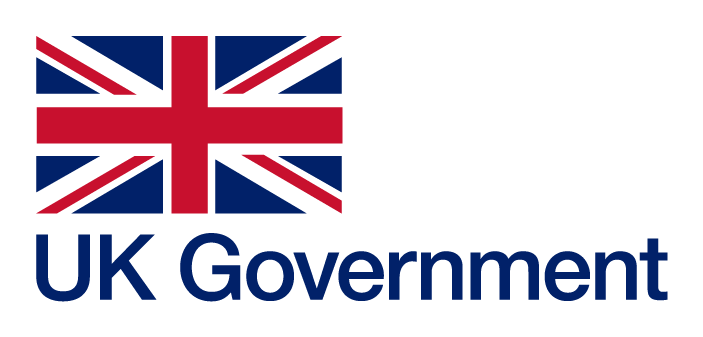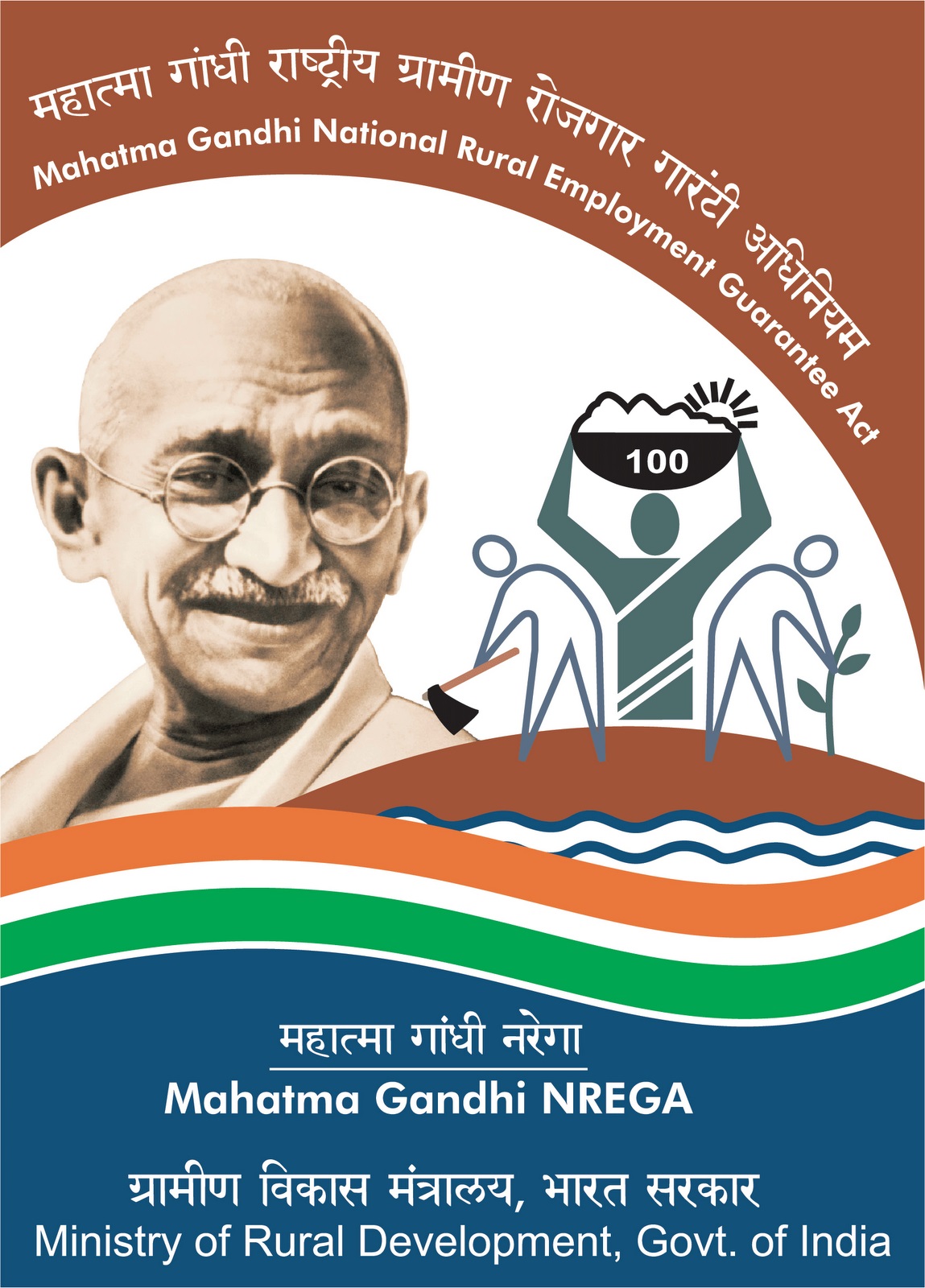UNIVERSAL CRISP mobile application for community-based planning and monitoring
This is designed to add the bottom-up planning feature to the UNIVERSAL CRISP allowing community to carry out participatory vulnerability assessment, ground truthing of the information provided through the GIS tool and modify or update the plan based on their local/ traditional knowledge, needs and local field conditions. The mobile app integrates a Do-it-Yourself (DIY) water balance tool based on digital elevation modelling technology, catchment delineation, water yield estimation and climate information empowering community to carry out scientific planning of watershed assets. It also enables community to identify and prioritise assets that can help in strengthening their existing livelihoods and reduce exposure to climate risks by diversifying livelihoods base through agro-forestry, horticulture, sericulture, fishery, fodder development, livestock-based farming systems.
What are its key features and services?
- Provide a mechanism to associate and correlate the field data with the scientifically available data for better insight into solutions
- Use landscape and integrated natural resource management approaches as the basis to design and select MGNREGS assets
- Empower community to carry out DIY planning of watershed assets
- Use innovative tools to strengthen climate-responsive decision making at all levels of MGNREGS
- Promote convergence with other initiatives to supplement risk management instruments
- Improve the maintenance and monitoring of benefits of MGNREGS assets by combining remote sensing and digital social audits to understand their benefits for climate resilience and improve future selection and design.
What are its key features and services?
Participatory Climate Vulnerability Assessment (PCVA)
- Provides information about geo and bio-physical characteristics, and potential climate risks
- Sets out a process which helps the community to use the information as an input for carrying out a PCVA.
- Assists in identifying areas that need attention and prioritisation in the planning process. For example, lack of fodder for livestock, prompting the need for pasture development; or degraded forests, prompting the need for afforestation.
Community based local planning
- Enables modifications of structures or activities based on local needs and priorities.
- Prioritises structures via a function that allows people to go to the location of each structure, suggest a different one if it better meets their needs, take a photo of conditions around the proposed site, ensure its geo-reference is mapped, and households likely to benefit from the asset or structure are tagged.
Do-it-Yourself water balance tool
- Integrates a Do-it-Yourself water balance tool, which can be used to assess the water yield at a particular location.
- The tool also allows the community to assess insights on past and future hydrological changes due to climate change.
- Based on these inputs the tool suggests structures most suitable in that location, which the community can change based on their local knowledge.
Transparency and Accountability
- Allows community members to add information about existing structures, and beneficiary job card details.
- They can also include photos uploaded with location codes and time/date stamps to show the status of assets created.
- This encourages transparency and accountability in terms of what has been accomplished and who has benefited.







